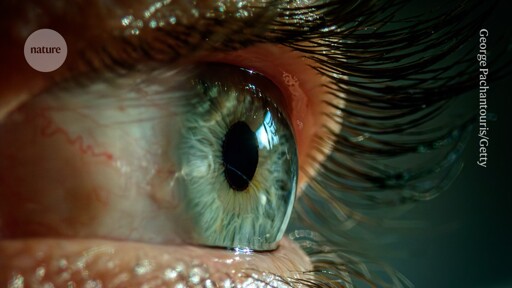- cross-posted to:
- [email protected]
- cross-posted to:
- [email protected]
Initially when I read the title, I was expecting the experiment to be some sort of “forced tetrachromacy”. It seems different though, more like forcing an RGB value we wouldn’t see in nature.
Not so much wouldn’t as can’t. I wasn’t able to find the source paper, but it sounds like they used a very narrow wavelength so that they only stimulated certain cells. Outside the lab, light emissions and reflections aren’t so narrow.
It’s not just the narrow wavelength. Even with a perfectly monochromatic green light, your green receptors would activate a lot but your receptors for red and blue would still activate a bit. These researchers specifically target only the green receptors to activate (by literally shooting light at those receptors in particular), so for the first time ever your brain reads a pure green signal.
Fair point on “can’t”.
On the source paper, I found it - it was initially published in science.org.



